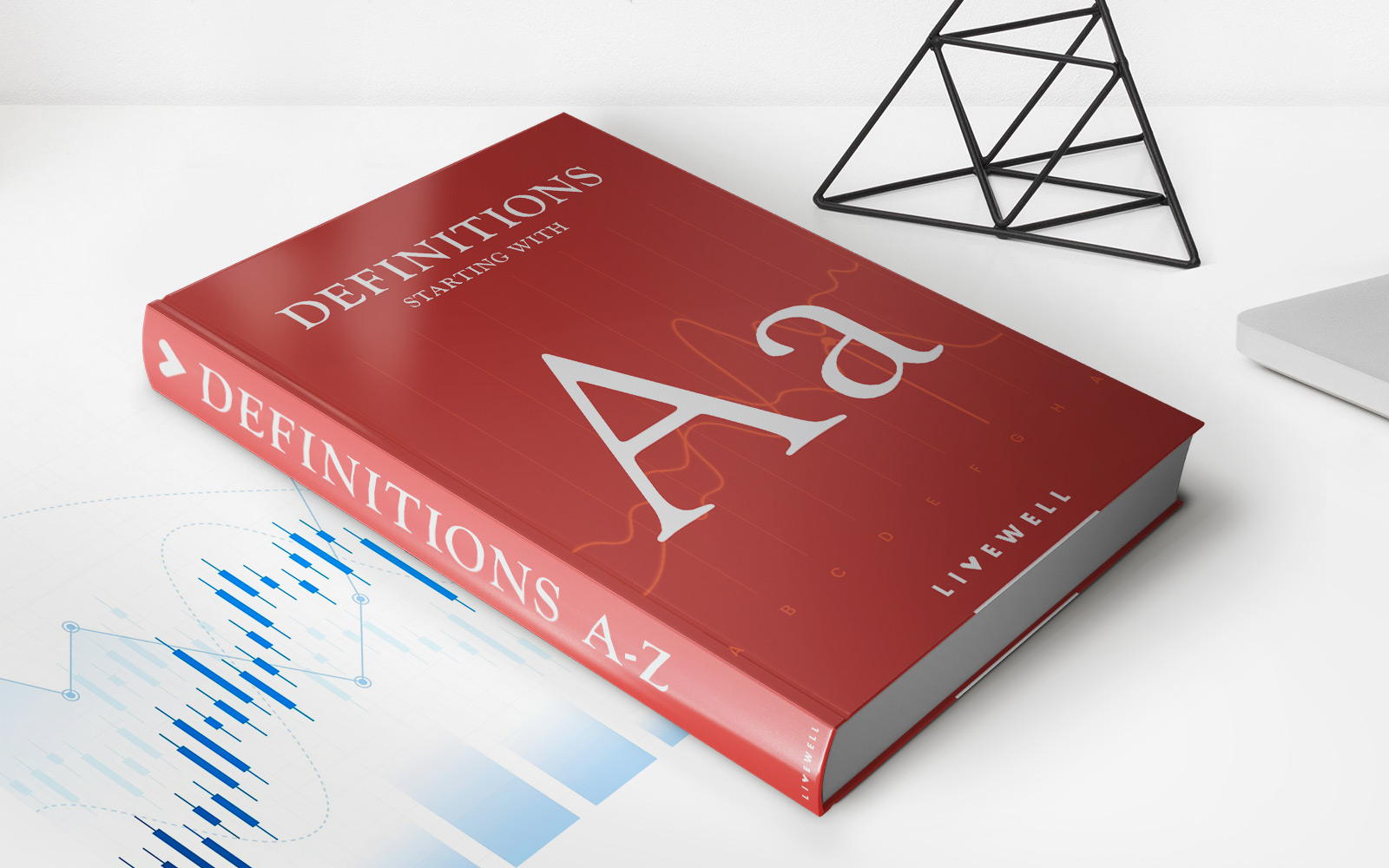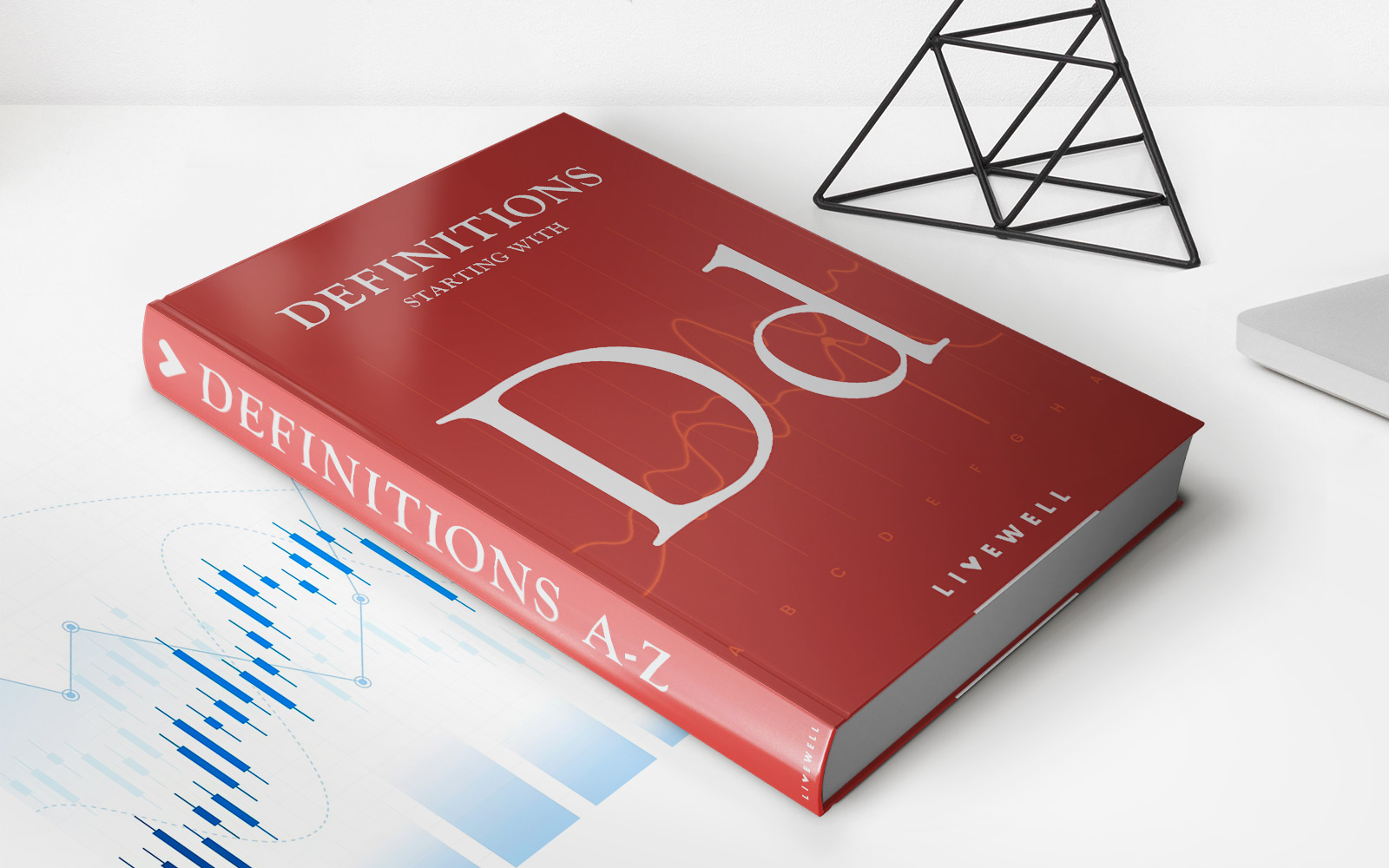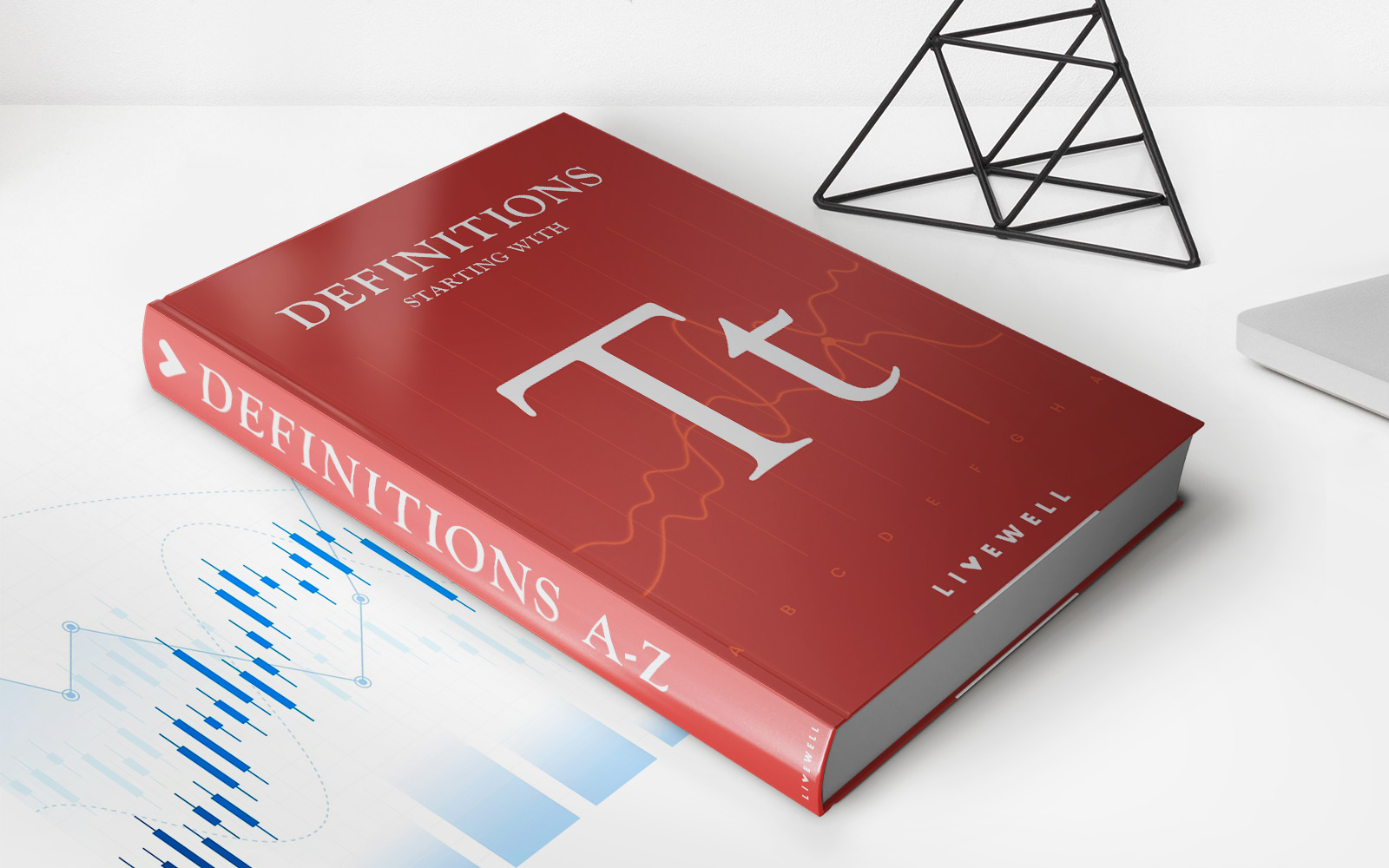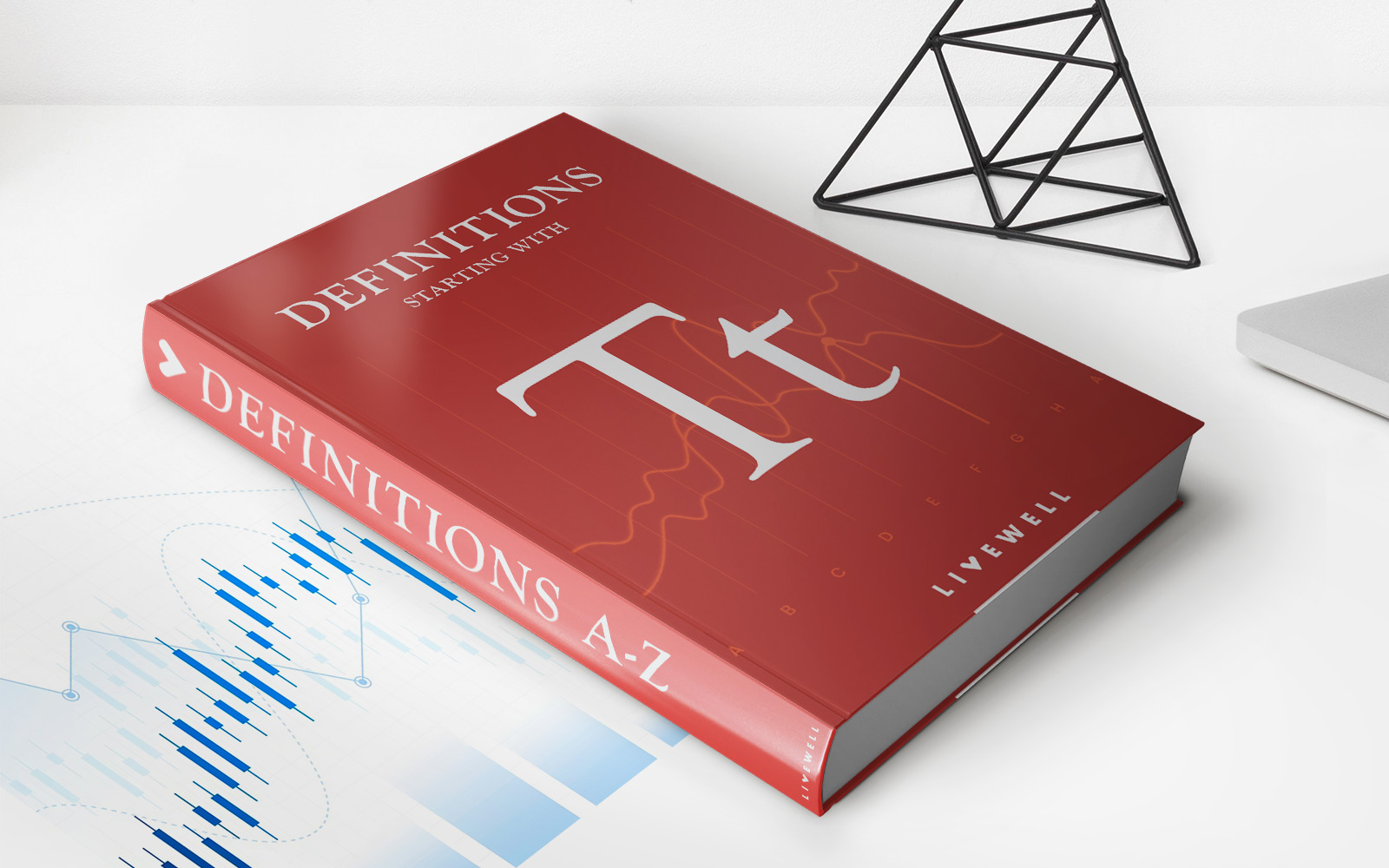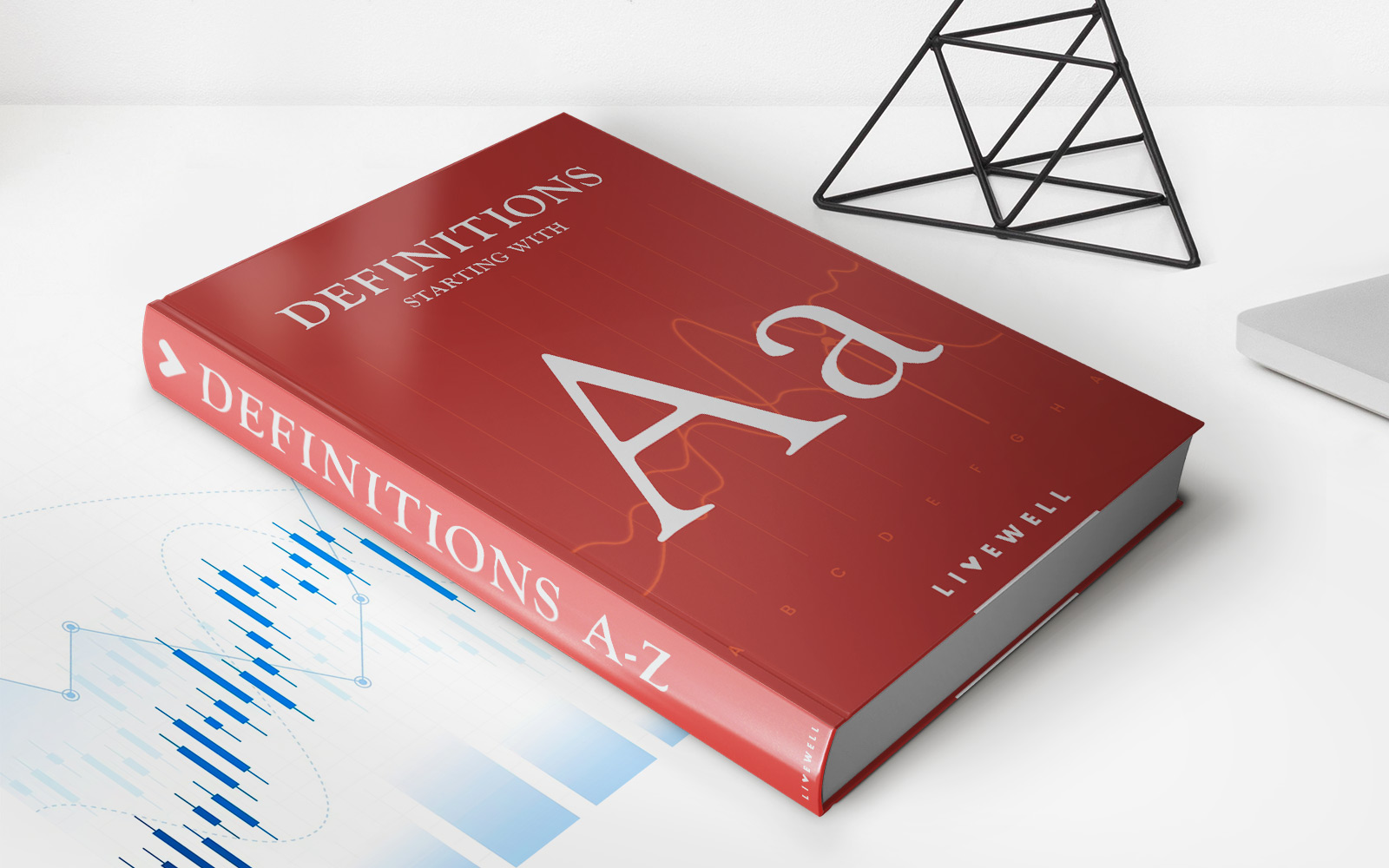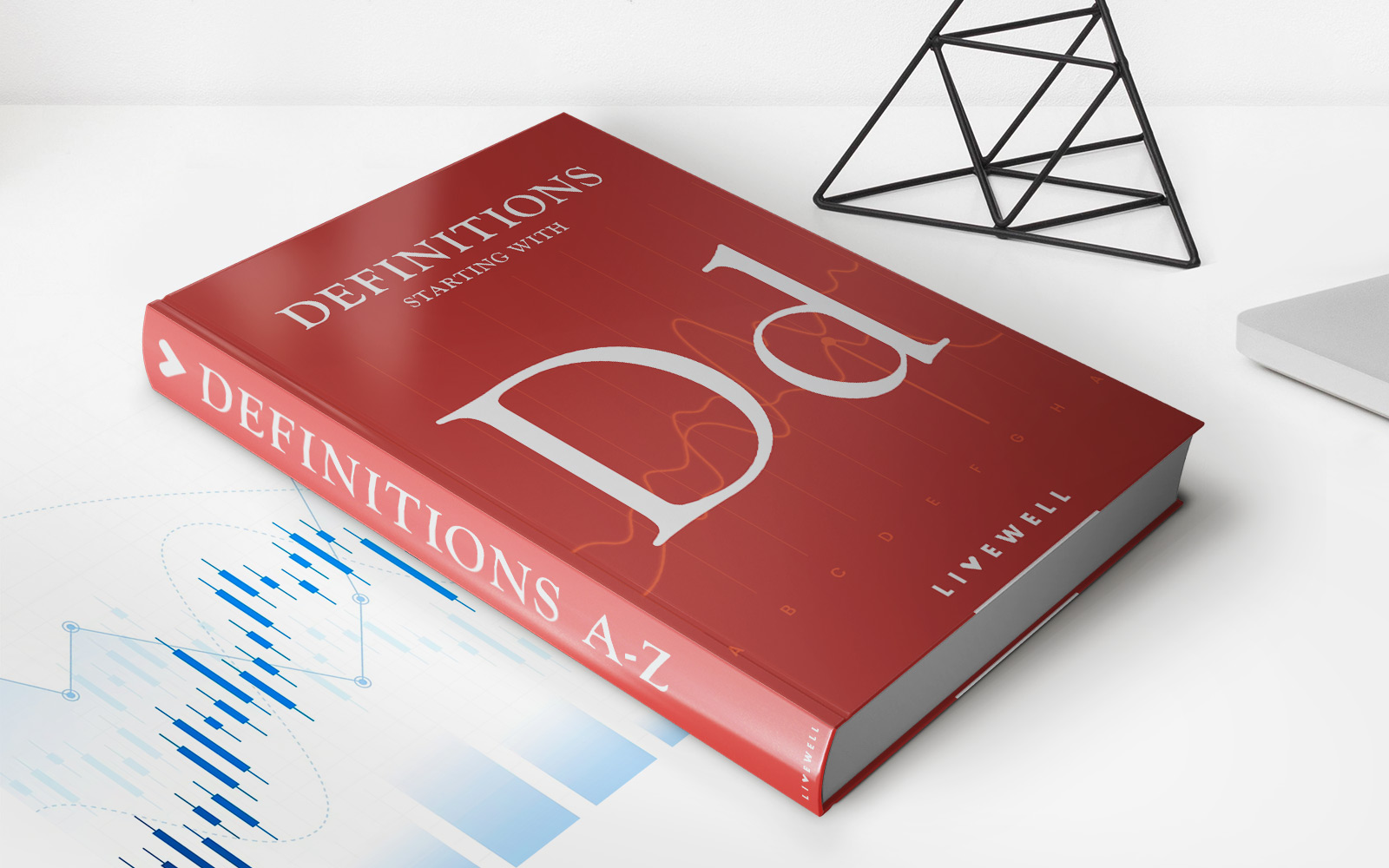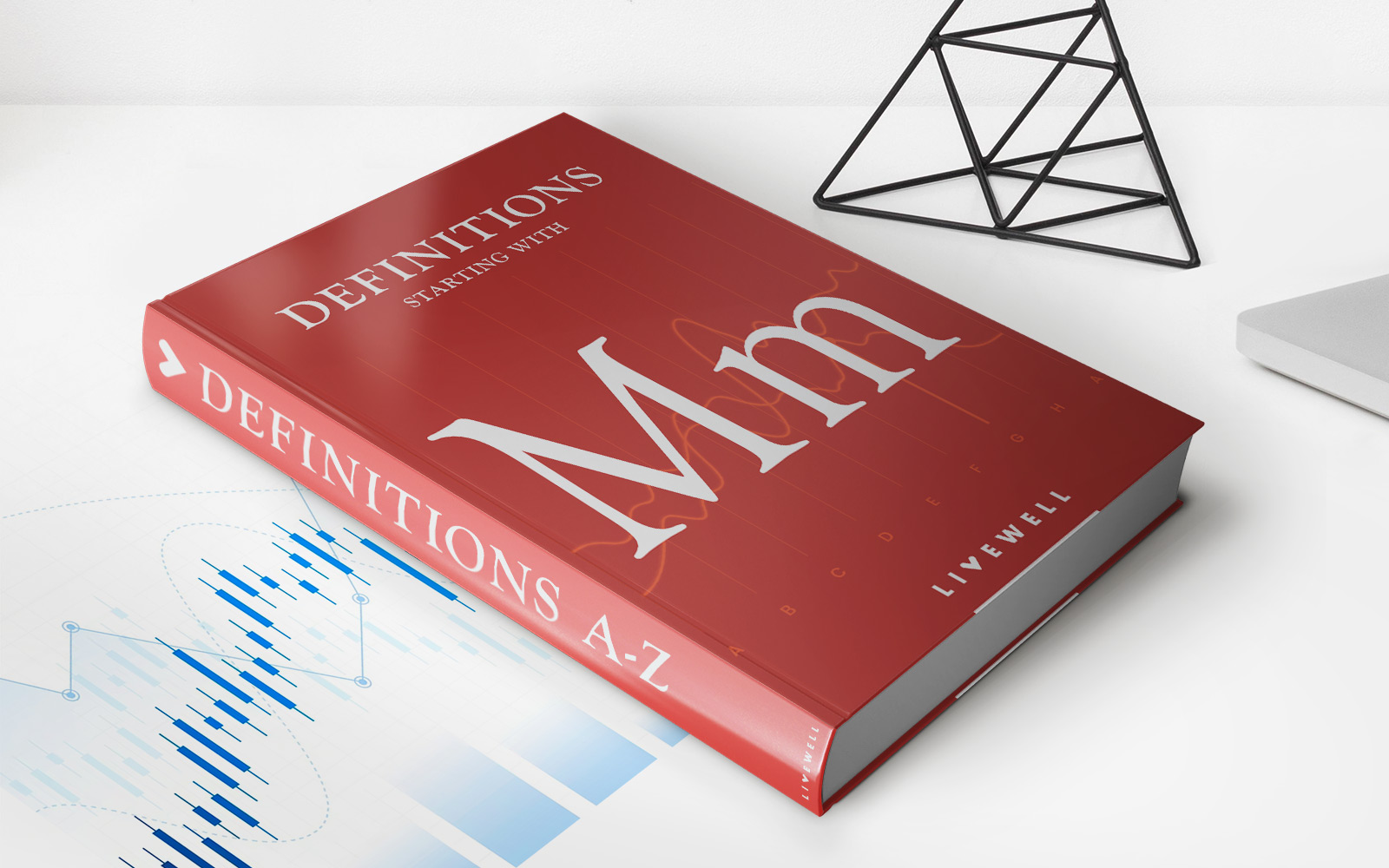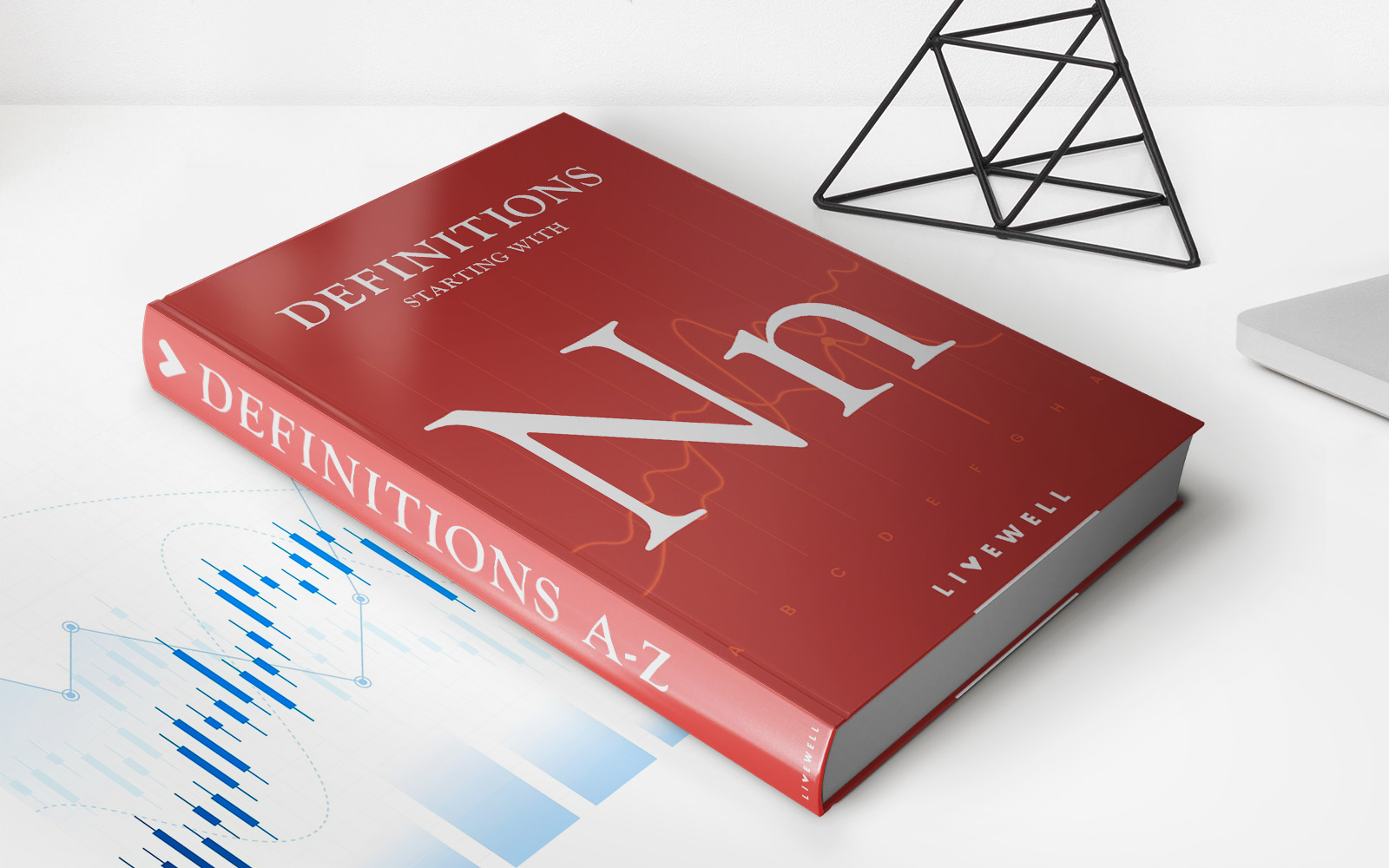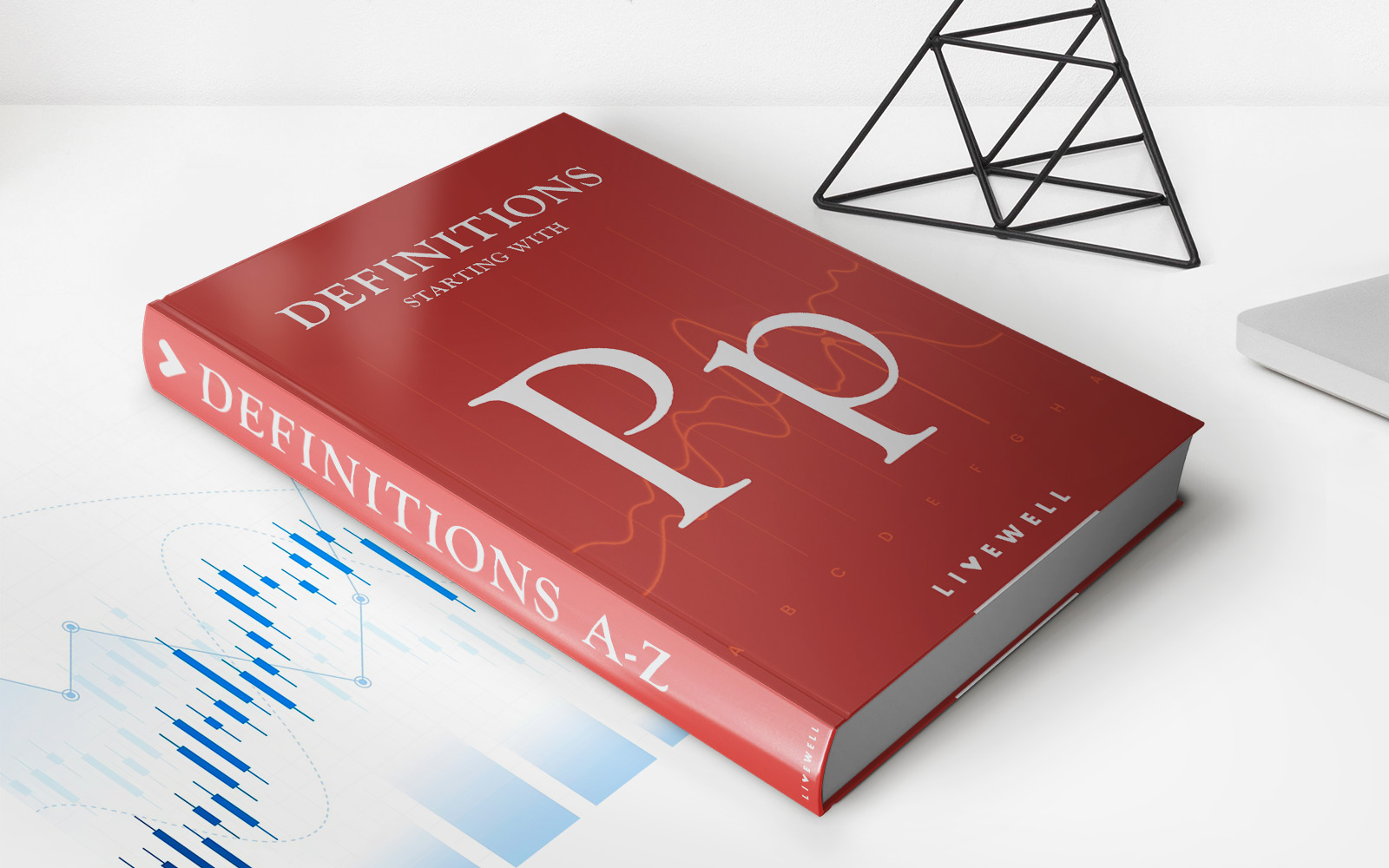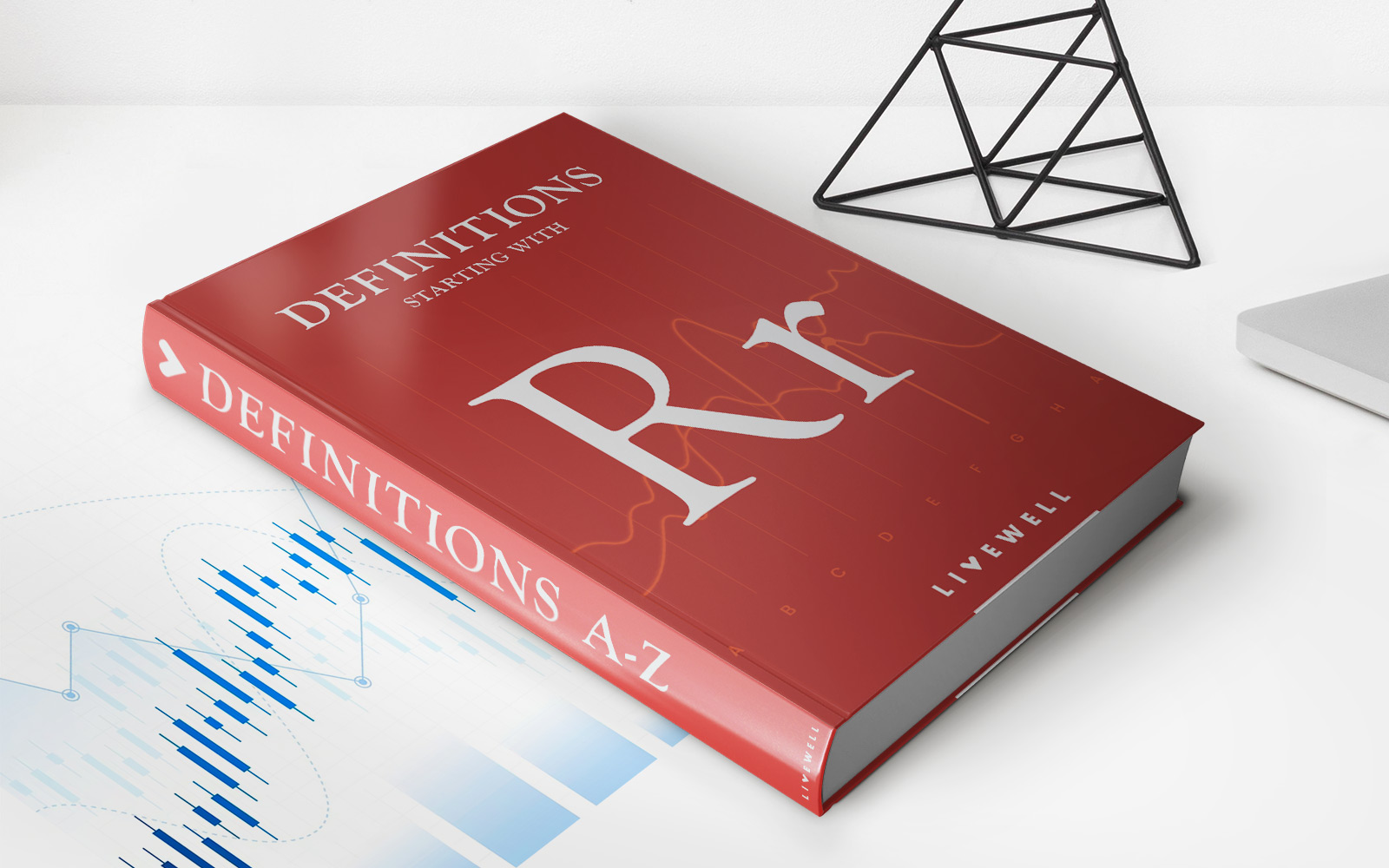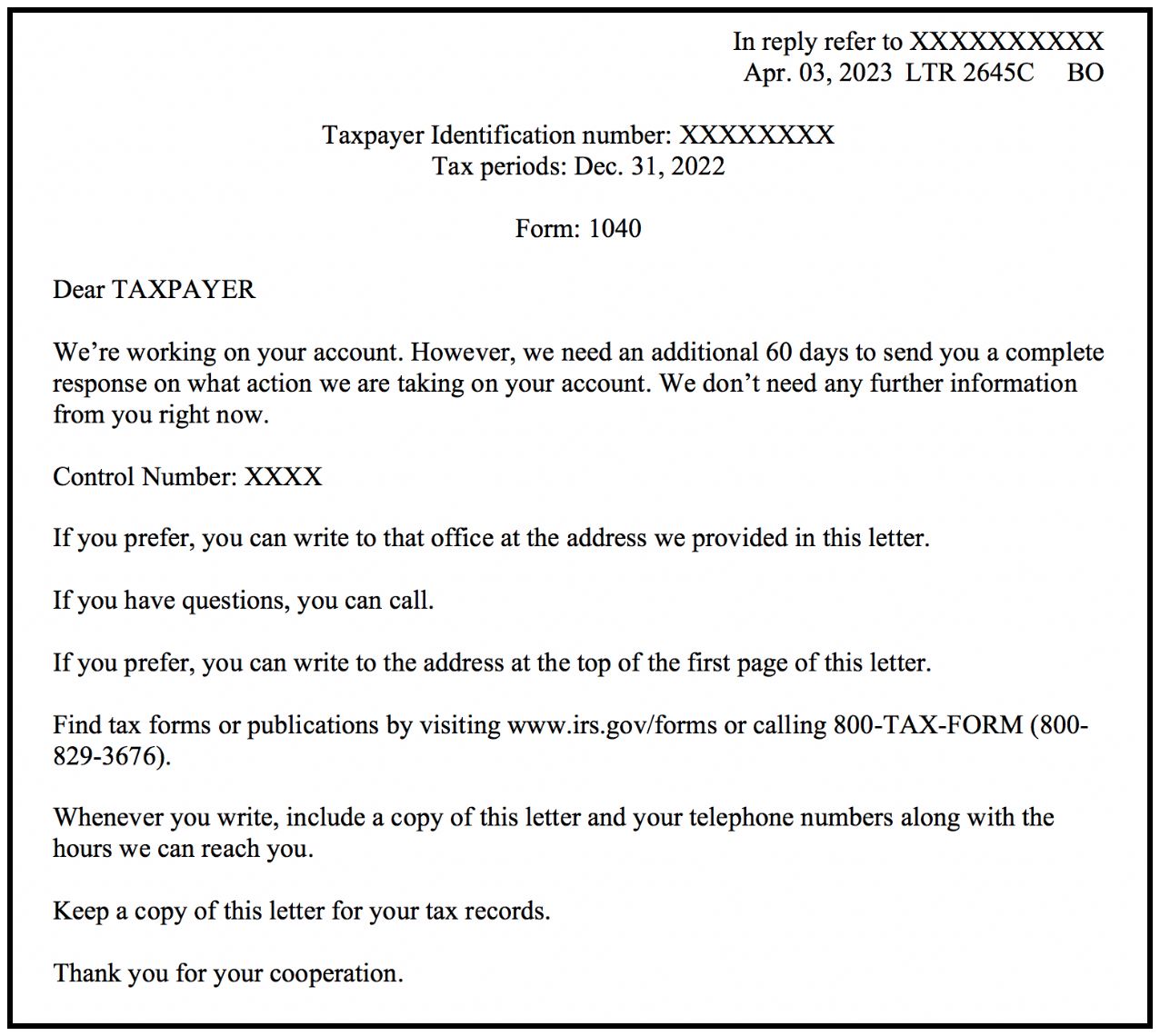Home>Finance>Total Return Index: Definition, Example, Vs. Price Index
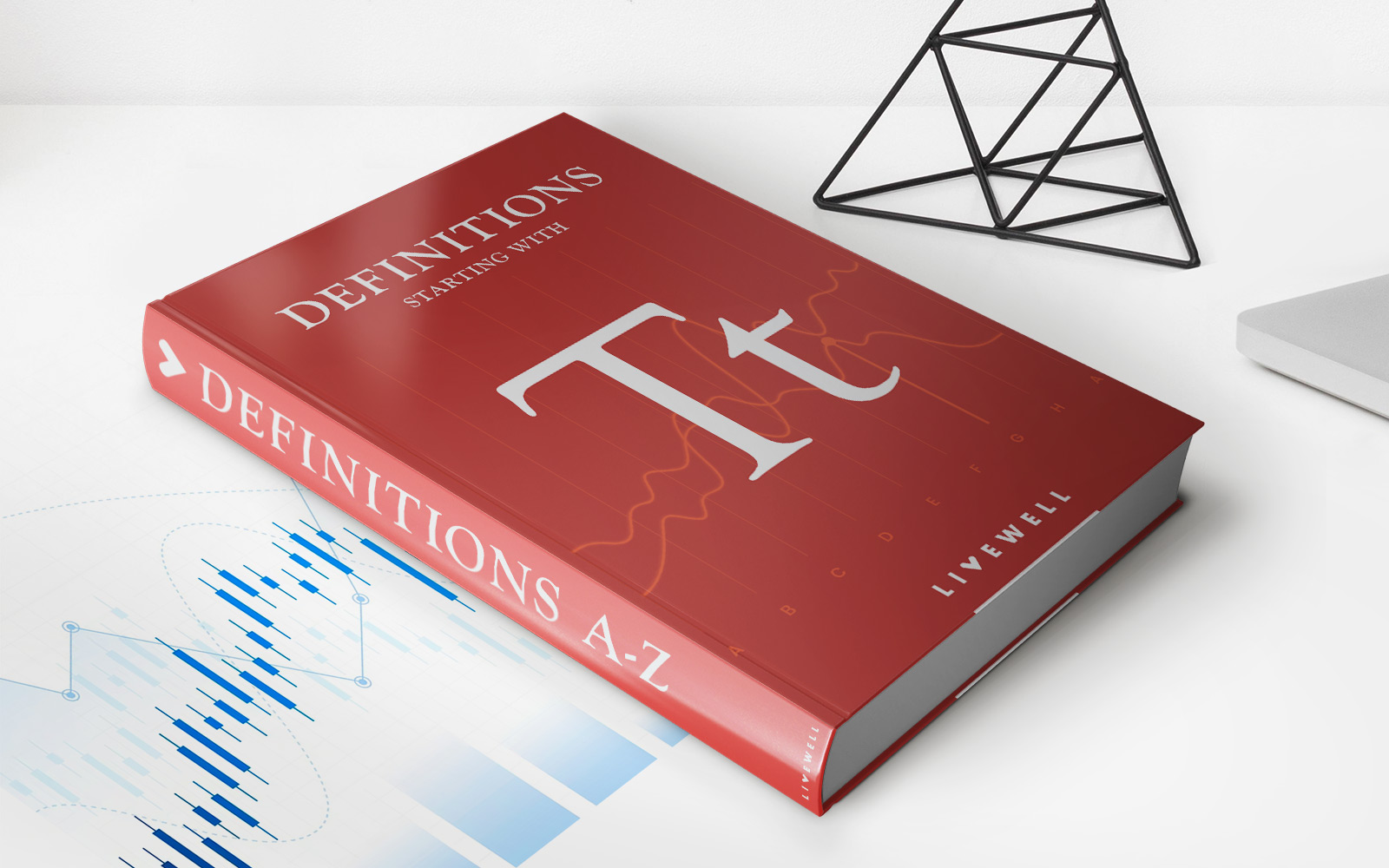

Finance
Total Return Index: Definition, Example, Vs. Price Index
Published: February 9, 2024
Learn about the Total Return Index in finance, including its definition and example, and understand how it differs from a Price Index.
(Many of the links in this article redirect to a specific reviewed product. Your purchase of these products through affiliate links helps to generate commission for LiveWell, at no extra cost. Learn more)
The Total Return Index: Explained, Compared, and Illustrated
As the world of finance continues to evolve, it’s crucial to stay informed about the different tools and metrics that can help you make informed investment decisions. One such metric is the Total Return Index. In this blog post, we’ll provide a comprehensive overview of what the Total Return Index is, outline its key features and benefits, compare it with the Price Index, and provide a practical real-life example to help you better understand its significance.
Key Takeaways:
- The Total Return Index accounts for both price appreciation and dividends, providing a more comprehensive measure of investment performance.
- Unlike the Total Return Index, the Price Index measures only the price movement of a portfolio or security.
So, what exactly is the Total Return Index and how does it differ from the Price Index? The Total Return Index is a financial metric that calculates the total return of an investment by considering both the price appreciate and any dividends or income generated by the investment. It is a more comprehensive measure compared to the Price Index, which solely reflects the price movement of a portfolio or security over time.
The Total Return Index is considered a better indicator of actual investment performance as it takes into account the income generated from the investment in addition to the price appreciation. This becomes particularly important when analyzing investments that generate regular income, such as dividend-paying stocks or interest-bearing bonds. By factoring in these income streams, the Total Return Index provides a more accurate representation of the overall return on investment.
Now, let’s compare the Total Return Index with the Price Index to better understand their differences:
- Total Return Index: This index accounts for both price appreciation and any dividends or income generated by the investment.
- Price Index: This index measures only the price movement of a portfolio or security over time and does not consider any dividends or income.
To illustrate how the Total Return Index works in practice, let’s consider the following example:
Example: Imagine you invest $10,000 in a mutual fund that has generated a 10% return over the course of a year. Additionally, this fund pays out a dividend of 2% annually. If we were to calculate the return using the Total Return Index, it would take into account both the price appreciation and the 2% dividend. On the other hand, if we were to calculate the return using the Price Index, it would only consider the price appreciation of 10%. As a result, the Total Return Index would provide a more accurate reflection of the actual return on investment, considering the dividend income received.
In conclusion, the Total Return Index plays a crucial role in evaluating investment performance, especially when dealing with income-generating assets. By taking into account both price appreciation and dividends, it provides a more comprehensive measure compared to the Price Index. Understanding the differences between these two indices can help you make informed investment decisions and assess the true returns of your portfolio. So, the next time you analyze your investments, be sure to consider the Total Return Index to get a clearer picture of your overall investment performance.
